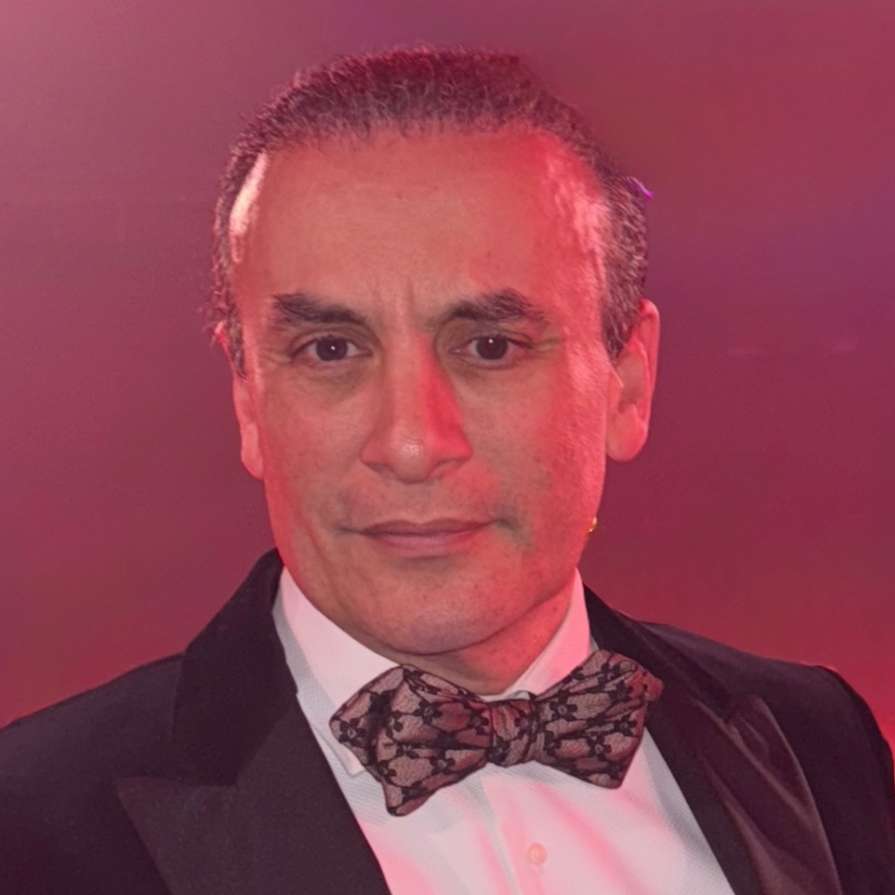VOLTAR
IMCAS World Congress 2024
IMCAS World Congress 2024
Programa
Adaptar ao meu fuso-horário a agenda da aula/congresso transmitida ao vivo
Fuso-horário de referência: (UTC+02:00) Europe, Paris
043
Facelift
Sala: Room Maillot - Level 2
Data: quinta-feira 1 fevereiro 2024 de 11:30 às 12:30
Formato: FOCUS SESSION > lectures covering a major topic of the congress
Data: quinta-feira 1 fevereiro 2024 de 11:30 às 12:30
Formato: FOCUS SESSION > lectures covering a major topic of the congress
Apresentações desta sessão
| Horas | Palestrantes | Título da apresentação | Resumo | Número |
| 11:30 | Isolated neck lift- When to do it and pitfalls | 130951 | ||
| 11:40 | Deep plane facelift: fundamentals to finesse | 130952 | ||
| 11:50 | What is a true deep plane facelift? | Visualizar | 130953 | |
| 12:00 | Mastering exciting techniques: a new era in technology for face rejuvenation | 133723 | ||
| 12:10 | Lateral vs. medial approach for submandibular gland reduction in neck rejuvenation surgery | 130950 | ||
| 12:20 | Discussion and Q&A | 130954 | ||











